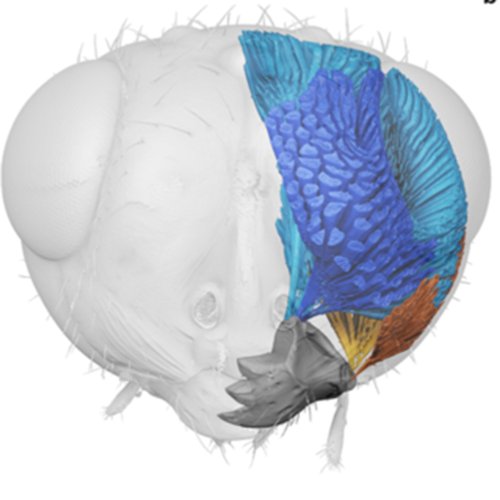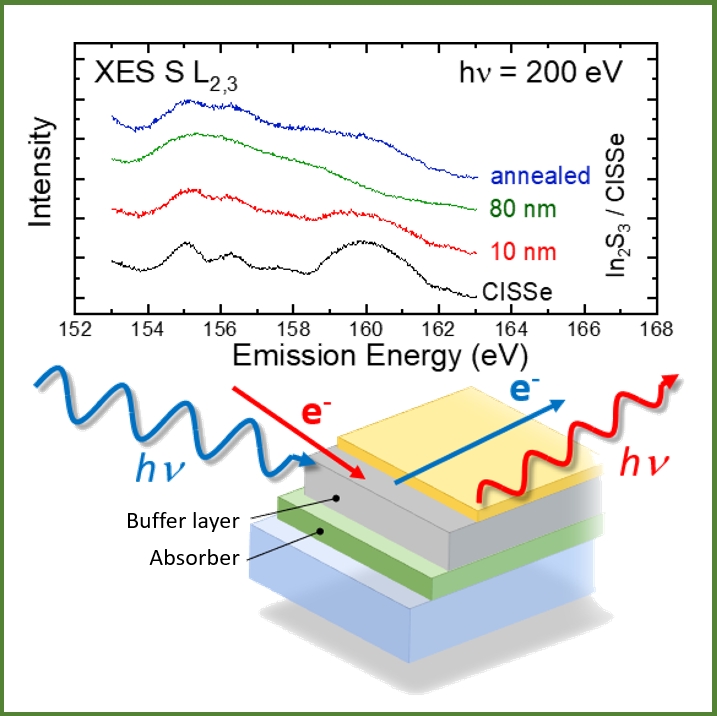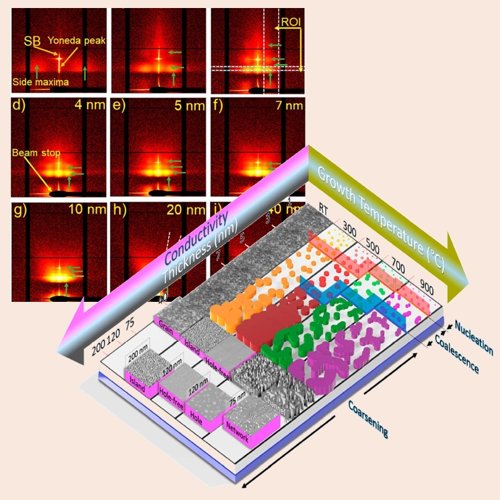The Helmholtz Research Program "From Matter to Materials and Life" (MML) at KIT
The Helmholtz research programme “From Matter to Materials and Life” (MML) develops and utilises large-scale science research facilities and infrastructures to investigate the properties and behaviour of matter and materials under conditions that are not accessible with conventional laboratory technology. Key issues within the programme are the characterisation of matter under extreme and non-equilibrium conditions, dynamic processes in materials over all relevant time and length scales, the investigation of complex, functional materials for novel technological applications, and the understanding of the interrelationship between biological structure and function in the life sciences.
The Helmholtz program MML∂KIT addresses two main goals:
- Development of cutting-edge characterization approaches using synchrotron radiation
- High-throughput, in vacuo, in situ, in vivo, operando concepts at large-scale photon facilities as enabling technologies for KIT and strategic partners
for applications in two primary research fields:
Materials Research: Real-world materials and processes for:
- Energy conversion (photovoltaic cells, solar hydrogen, catalysts, batteries, …)
- Information technologies (growth of thin films & nanostructures, damage in electronic materials, …)
- Transport (bi-axial load path changes and fracture in alloy sheets, injection nozzles, …)
Imaging Technologies for Life Sciences:
- Morphological imaging of organisms, tissues and biomaterials
- Correlation to genetics (model organisms -> biomedical applications) and environment (arthropods -> biodiversity)
Selected examples form current research
|
|
|
|



